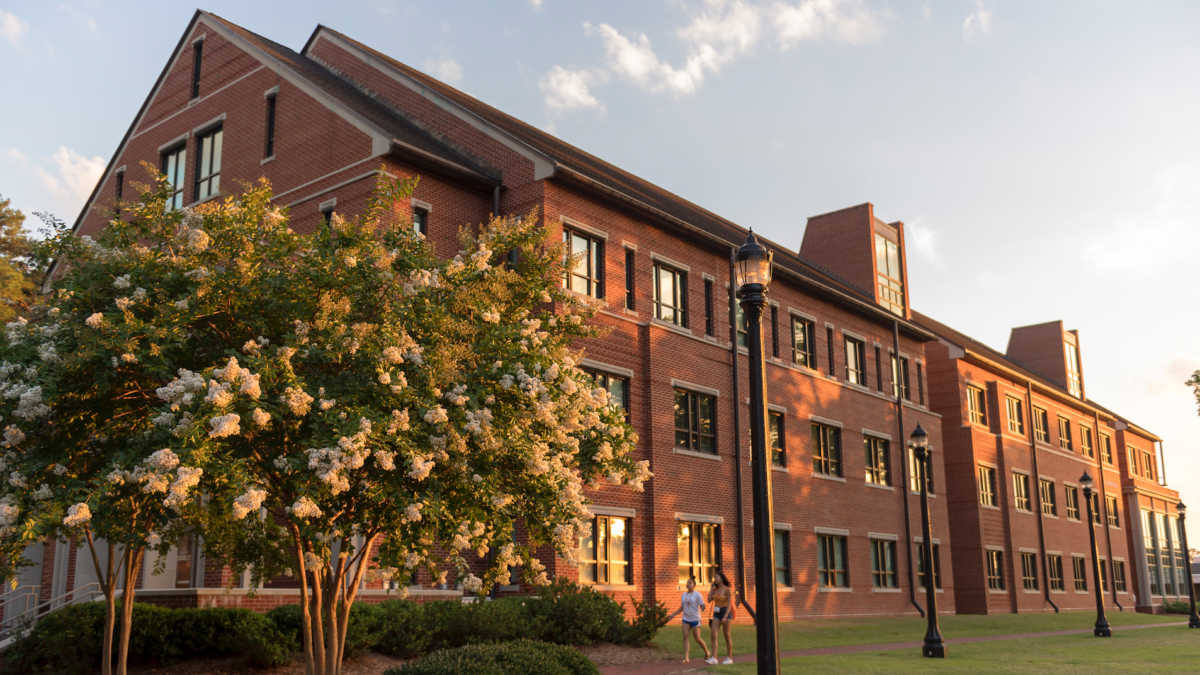How Campbell U. integrated its graduation application system

Before a recent upgrade, the process for students to apply for graduation at Campbell University in North Carolina was inefficient, and potentially frustrating for anyone involved.
William Josh Tate, who’s been a programmer and analyst for the university the last five years and is now integrating many of the university’s software systems, said he couldn’t believe the process when it was initially explained to him.
First, each of the university’s 12 schools collected student applications using web forms. Next, each student either emailed or printed out their completed form and physically brought it to graduation auditors. The graduation auditors of each of the 12 schools then manually entered the information from each application into separate excel spreadsheets. The deans then emailed those spreadsheets to the university registrar, a risky proposition given recent security breaches at California State Polytechnic University and University of Chicago Law School that began with emails holding spreadsheets loaded with student information. There was no evidence, however, that Campbell was breached prior to the upgrade or that any student data was at risk.
The registrar then hand-entered the information, Tate said, from each of those 12 spreadsheets into her department’s recordkeeping system.
“I was like, ‘Wow, this is really inefficient and this was scary,'” Tate said. “I kind of could not believe that they were doing this for so long.”
The process wasn’t serving the university’s 6,300 students, either. If a student left important information off the application, if a student or administrator made a typo, or if a student was missing a graduation requirement, it could be weeks before the mistake was caught and the form kicked back to the student.
But those days are over since last fall when Campbell University upgraded to a new integration framework called Ellucian Ethos. By connecting the university’s software systems and centralizing record management, Tate said, the university no longer has to pass around paper copies of applications or manually sync records across systems — it’s all done automatically.
Using Ethos, the university integrated the registrar’s content management system, a product called OnBase from Hyland Software, which will allow students to submit their applications online, where they are then routed to the appropriate school. Records across various systems are kept synced, and if there’s a problem with an application, the student is notified by the software immediately.
Tate said the upgrade took about four months and the difference is stark. There have been two graduation cycles since the project was finished last year, and although the system was in a testing mode through each, the integration itself has been performing flawlessly, he said.
The graduation application upgrade was part of a broader project at the university to integrate many of its old systems into a centralized framework.
Many of the school’s systems are connected using what’s known as “point-to-point” integration, which is fine for one integration, but with each additional ad-hoc connection, the complexity of the system grows and it becomes increasingly difficult to track down errors or to keep records current, Tate said. A diagram of communications between the university’s programs had begun to look like a confused spider web, rather than spokes on a wheel. The new centralized framework put together with Ethos is now bending the university’s environment into something much more closely resembling a wheel, Tate said.
When he was integrating systems manually, Tate had time for maybe two projects a year, he said, but now he’s taking on six at a time. The software includes a graphical interface that makes it easier to see what’s happening at a glance, and it also uses what he called a “universal data model” that provides a standardized set of terminology across colleges. One of the biggest challenges sorting through old code, he said, is figuring out how various vernacular terms are supposed to match up across different college departments or schools.
One of the next integrations, he said, will be for the human resources department’s hiring processes, which sounds hauntingly similar to the tedium recently eliminated from the university’s graduation application process.
“Right now if you get hired, you fill out one form, change of hire is another form, and there’s all these other forms for creating access and so on, at least 10,” Tate said. “We don’t have a true HR onboarding process, and the process that is there is very disconnected.”
Editor’s Note: This story was updated April 8, 2019, to reflect clarifications on the security of Campbell University’s web forms and to clarify the process of auditing manually-entered information.

